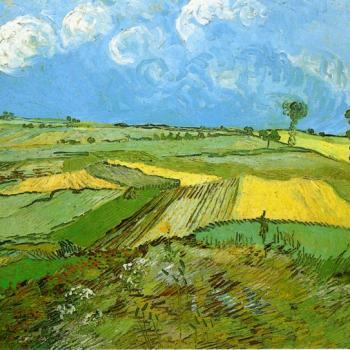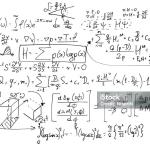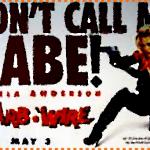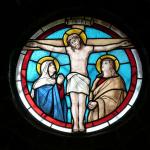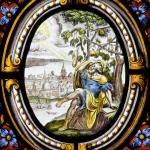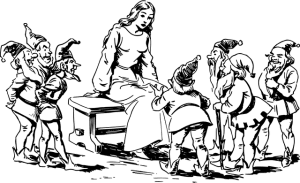
(image via Pixabay)
Remember that wonderful legend about the angel chopping a man’s hands off on the Dormition icon? There’s another popular version of the story, which was pointed out to me by alert readers Ksenia and Ryan. According to Susan Schneider of “Ask About the Orthodox Faith:”
Bewailing their separation from the Mother of God, the Apostles prepared to bury Her all-pure body. A solemn procession went from Zion through Jerusalem to the Garden of Gethsemane. Unbelieving inhabitants of Jerusalem, taken aback by the extraordinarily grand funeral procession and vexed at the honor accorded the Mother of Jesus, complained of this to the High Priest and scribes.
The Jewish priest Jephonias (or Athonios), out of spite and hatred for the Mother of Jesus of Nazareth, wanted to topple the funeral bier on which lay the body of the Most Holy Virgin Mary, but an angel of God, some say the Archangel Michael, invisibly cut off his hands, which had touched the bier. Seeing such a wonder, Jephonias repented and with faith confessed the majesty of the Mother of God. He received healing and joined the crowd accompanying the body of the Mother of God, and he became a zealous follower of Christ.
(to read more http://www.pravoslavie.ru/english/63664.htm)
As Ksenia put it, “No harm, no foul, we’ll even reinstate your hands.”
I like that version just as well as the version I told you. “We’ll even reinstate your hands.” When Christ first convicts you, it can sometimes feel like violence, but how sweet and merciful He is when you see Him clearly.
I love it when legends do that. I love when there are different versions. I like to hear different ways of getting at the same truth.
When I was a bookish and naive youngster, I didn’t. I was obsessed with always getting the “real” and “authentic” version of a story; I had no patience for re-tellings, later variants and film adaptations. I missed out on a lot, including on the whole point of telling a myth.
Truth is both among and beyond us. Truth is bigger than we are and more alive than we’ll ever be. We can’t pin it down. Everything I say to tell truths about the human experience is going to be a little bit right and quite a bit wrong. That’s why we need stories. Myths, legends and folktales are representations; they show us a fiction in order to tell us the truth. They’re a little bit like icons in that way, and we all know how much I love icons. In our church and on my icon wall, I have many little colorful, stylized pictures that open windows into Heaven, making visible the things that are too big to see. In myths and legends and tales, I find many little colorful, stylized stories that don’t make sense to the practical mind, but they each open up a little window to the truth.
In the version of Snow White I read and considered authentic growing up, the wicked stepmother arrives at Snow’s wedding having no idea who the bride is. When she sees her stepdaughter, lovelier than ever, she starts to run out of the chapel, but the dwarves catch her. They fashion white-hot iron shoes which they force onto her feet, and the evil old sorceress dances herself to death in them. As a child, I liked that one. It seemed so right. A nice hellish punishment for a vain old murderess. Dancing, the very symbol of wedding gaiety, becomes the means of execution. The witch was foolish enough to come to the wedding, and that was her undoing. The same to all who abuse their children. Later, I read another version of the tale.










